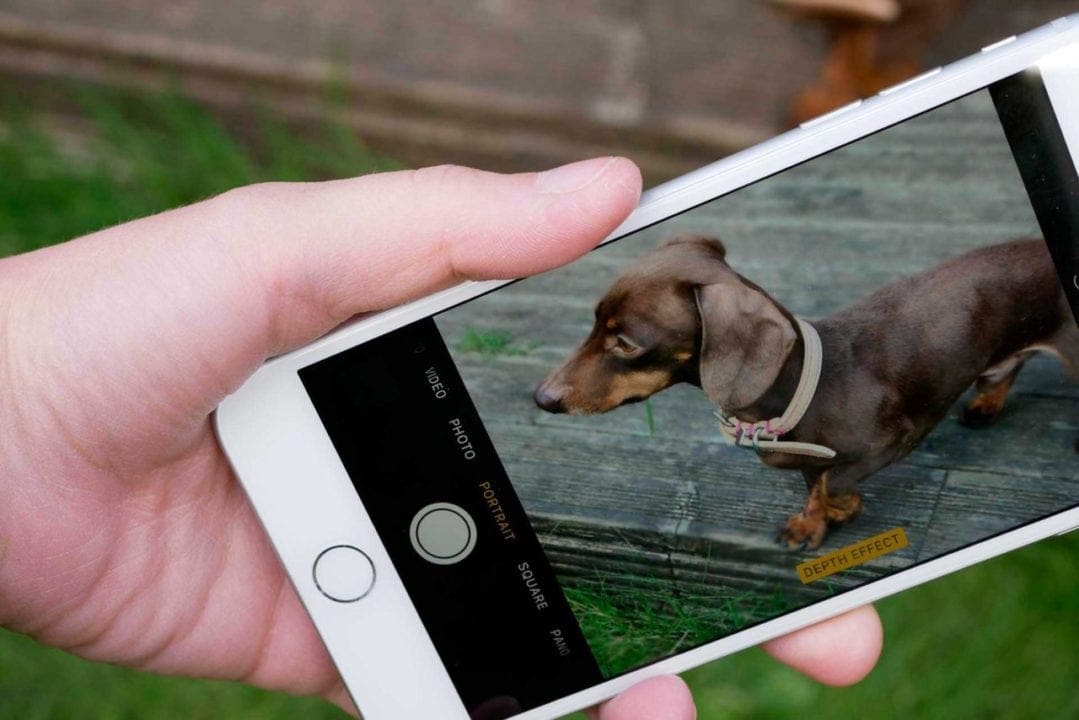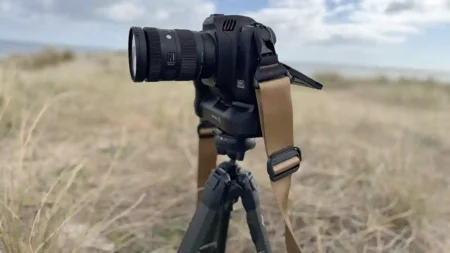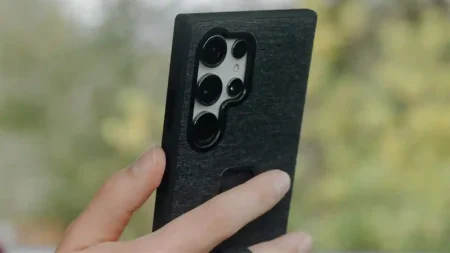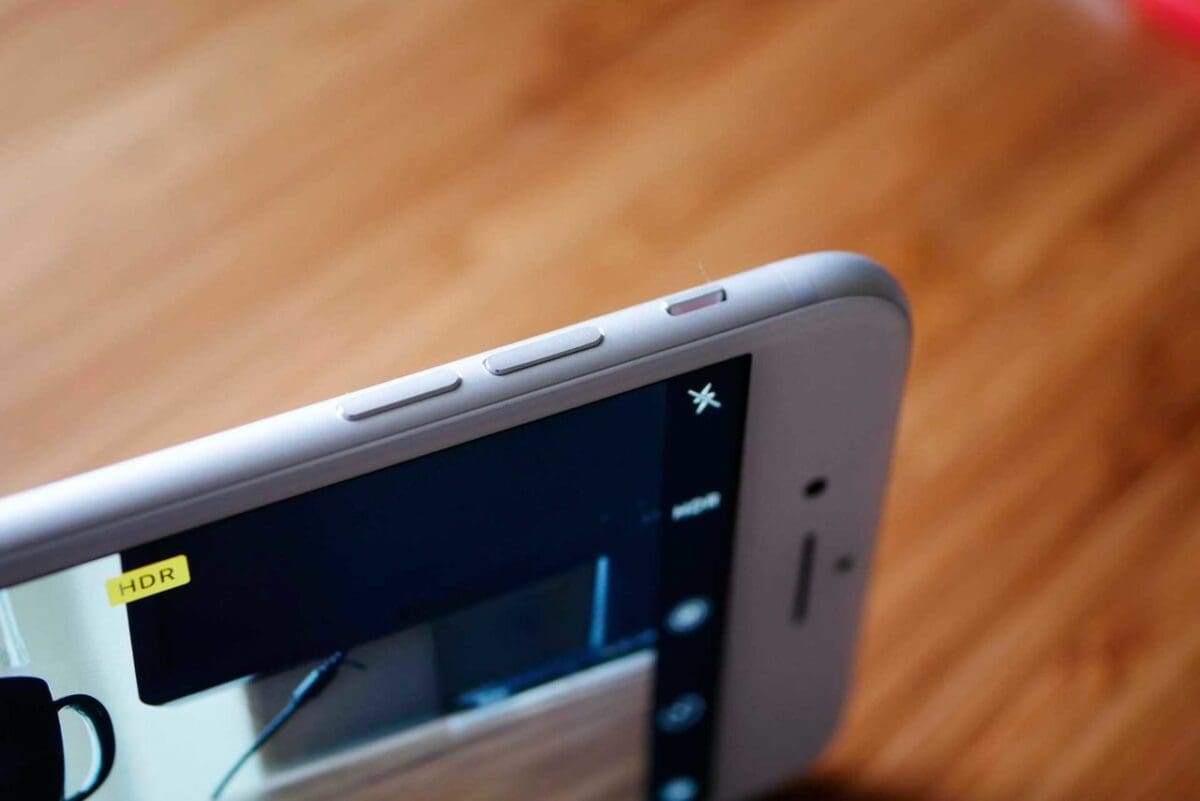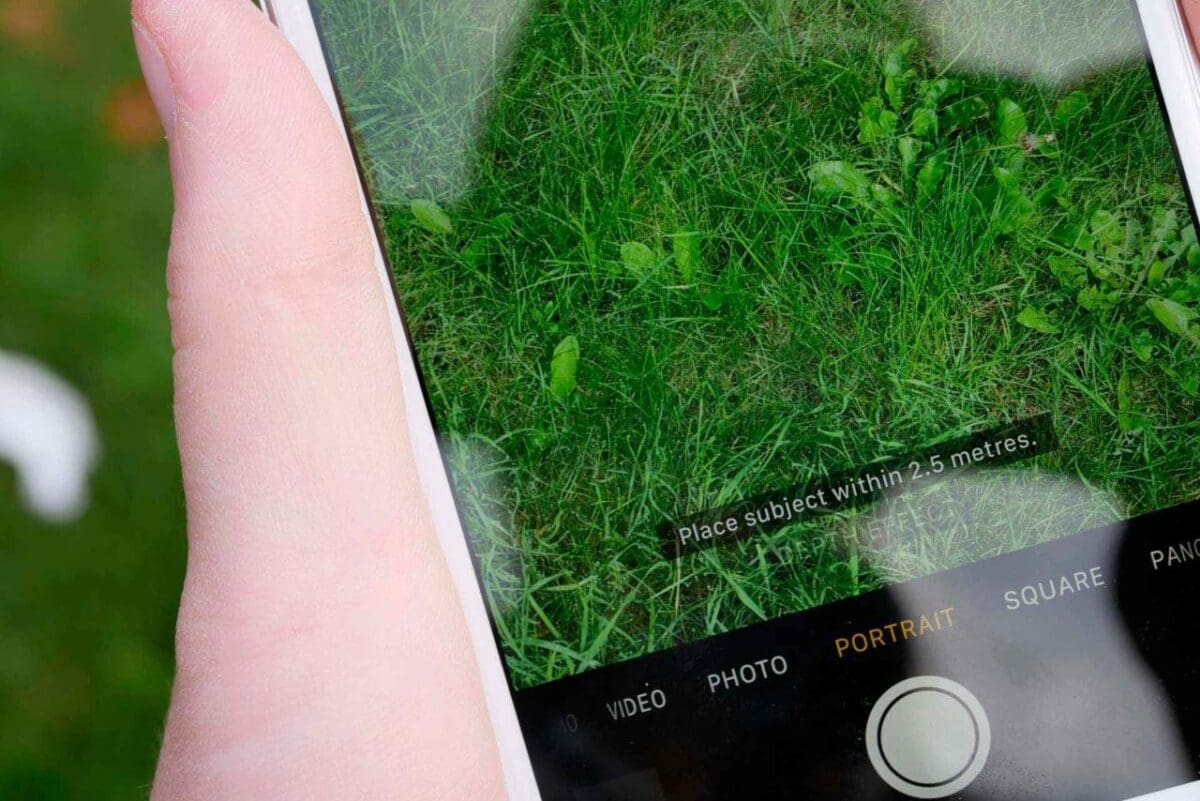iPhone 7 Plus
The big standout new feature of the iPhone 7 Plus is a dual camera set up with a mode that can supposedly recreate your DSLR…. but can it? Find out in our iPhone 7 Plus camera review
30 second iPhone 7 Plus camera review…
The iPhone 7 Plus follows on from last year’s iPhone 6S Plus, and while the iPhone 7 may have had a seemingly minor camera upgrade, for the iPhone 7 Plus, there’s not one, but two cameras.
As always, Apple has designed the camera to be very easy to use, and if you’re used to an iPhone you won’t find any big changes here. On the downside that means that you don’t get a good degree of control over your images unless you install a third party app.
Images are good on the whole, with the extra camera being useful in many scenarios. The Portrait mode is a good starting point and it’ll be interesting to see how this develops in the coming years.
Inside this camera is two 12 MP sensors, each with its own lens. The first lens is identical to that found on the standard iPhone 7, which has six elements, a max aperture of f/1.8 and an equivalent focal length of 28mm.
The other sensor is smaller, but the lens is 56mm (equivalent), and it has an f/2.8 maximum aperture.
iPhone 7 Plus Camera Build and Handling
The design of the iPhone 7 Plus is pretty much the same as the iPhone 6S Plus, except of course that it doesn’t have the headphone jack – a cause for much discussion. One of the reasons for this is supposedly to make the camera waterproof, which it is now to a depth of one metre (IP67).
As with other recent iPhones, the outer case of the phone is very sleek – which makes for a great design but means you probably will want to invest in a case lest you drop it.
When it comes to using the iPhone native camera app, very little has really changed. There have been a couple of tweaks to accommodate the new dual camera set up. For instance, now you will see that a small circle with the characters “1x” is displayed on screen.
If you tap it, it will change to 2x – this means that you are now using the second telephoto camera. You can also use digital zoom up to 10x if you want (you probably don’t want to).
One of the big new features of iOS 10 is that it gives you the ability to shoot raw files. But, you can’t do that from the native camera app itself. Instead, you’ll need a third party app, such as Lightroom, Manual etc if you want to shoot in raw format.
This is not something which is unique to the iPhone 7 Plus, so if you’ve got an older version of the phone you’ll be able to shoot raw so long as you install the new iOS.
At the Apple Keynote event, one of the big new features that was much talked about during and since was the addition of “Portrait” mode. This uses the two lenses to create a “depth” map, with the resulting images supposed to look like DSLR or CSC lenses.
For now, this mode is not available on standard iOS 10, but anyone can download the public beta of iOS 10.1 which includes this functionality – so naturally we’ve been keen to try it out.
The mode will appear alongside the other iPhone shooting modes in the native camera app (such as Photo and Panorama). There are some caveats to using it – you will need to have the subject within a certain distance, and there will need to be plenty of light. If you’re not close enough, or it’s too dark, the phone will warn you.
In other ways, using the camera app is the same. If the subject hasn’t been automatically detected (you’ll see a yellow box appear around your subject), then you can tap on the screen to set the autofocus point. This usually isn’t that necessary, but the phone can sometimes be confused when trying to shoot macro subjects, or if the light is particularly low.
SEE MORE: iPhone 7 camera review
iPhone 7 Plus Camera Performance
The performance of the first wide-angle lens camera is the same as the iPhone 7. It’s a good step up from the 6S, most notably so in low light. In good light, comparing images taken by the two side to side you’d be hard pushed to spot a difference. The wider aperture of the f/1.8 lens facilitates some great low light shots.
However, it becomes very apparent that the second lens is f/2.8 when the light drops, with a loss of detail and graininess being apparent even at small sizes.
It’s here where shooting in raw format may become advantageous. The iPhone applies some pretty heavy noise reduction, so if you’re missing some crucial detail, shooting in raw format through a third-party app could allow you to claw some of that back.
Generally exposures are pretty well-balanced, and it’s beneficial to leave the HDR setting on “Auto” and have the phone decide when to engage it. This can help ensure that there’s a good amount of detail in shadow areas.
Natural lighting conditions prove to be no problem for the iPhone 7 Plus’ automatic white balance system, but it drifts slightly towards warmer tones when faced with artificial lights.
As for the much-discussed Portrait mode, the early results are fairly mixed. When the subject is quite clearly defined, the results are pleasing – certainly if you don’t scrutinise them too much by zooming in closely.
However, when the subject is a little more delicate (for example flowers), then the phone’s software can get confused, blurring the wrong parts and making the whole scene look odd. That said, it’s important to remember that this mode is just in Beta – it could get better yet.
SEE MORE: iPhone 7 Plus vs Canon EOS 5D Mark IV image quality test
iPhone 7 Plus Camera sample photos
[FAG id=7688]
iPhone 7 Plus Camera Verdict
The plus version of the iPhone has always seemed like a step in the direction of “too big” for me, but I have to admit that over my time using the iPhone 7 Plus I started to get used to the size.
While it’s still too big to use one handed for texting, when it comes to looking at your (and other people’s) images, the extra size of the screen is really handy.
But there was another big reason why I would come to miss the iPhone 7 Plus when I had to reluctantly send it back. That’s the dual lens set up on the back of it which in effect gives you a 2x optical zoom – it’s nice to be able to shoot at two different focal lengths with your iPhone.
While the second lens doesn’t really perform well in low light, the rest of the time it was great to have that choice.
Images are great – but again, it’s best if you can keep to shooting in good light for best conditions, but the low light performance seems to improve with every iteration of the iPhone.
The biggest sticking point with a phone like this is the high price – dyed in the wool Apple aficionados are likely to fork it out without question, but the rest of us may want to consider waiting until the price drops a touch.
READ MORE
Hands-on Fuji GFX 50S review
Hands-on Olympus OM-D E-M1 Mark II review
